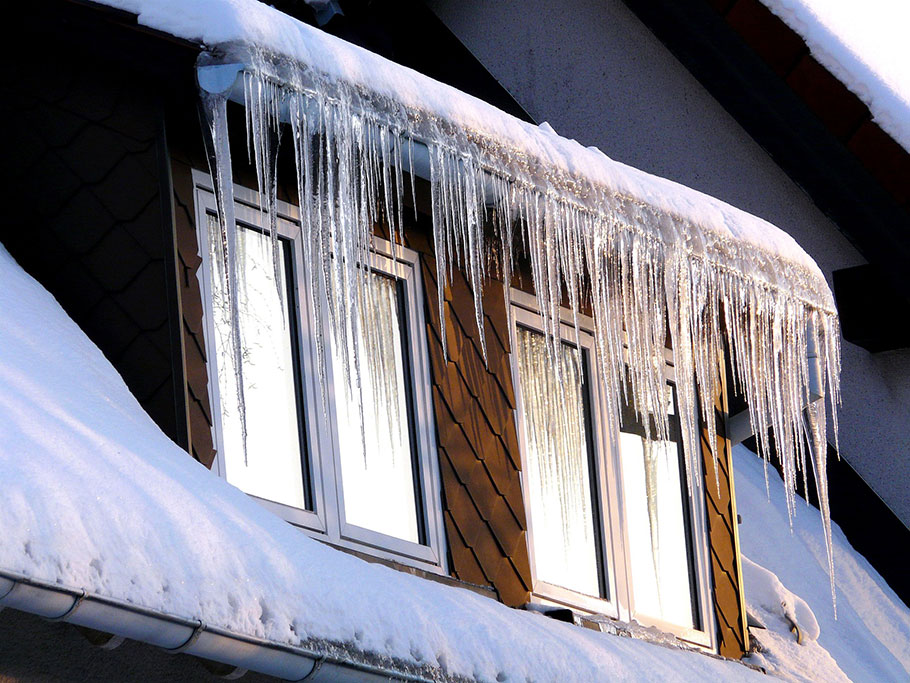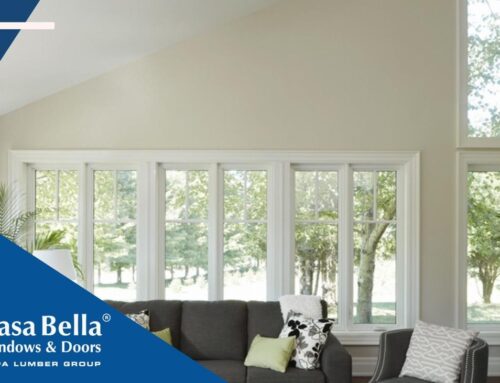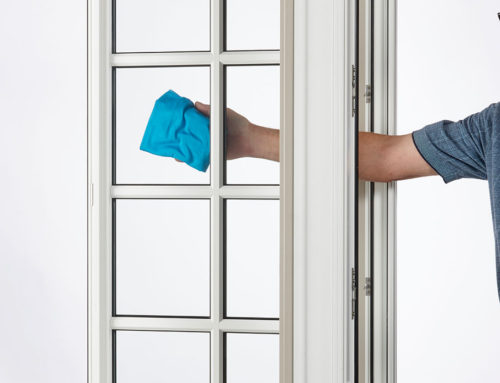If your customers can’t stay warm in the homes you build, where can they be warm? Houses and condos should be designed to protect their owners from the elements; when they fail, it’s time to rethink the quality of the products you’re using.
While drafts can occur in areas other than doors and windows, these are the most likely culprit when cold air enters a home. Consequently, it is the first place you should check to ensure that your buildings are doing their job of staying warm and keeping the cold outside in the winter.
What’s the Big Concern with Cold Air?
Outside of a power outage or emergency, there’s no concern any more pressing to a homeowner in the winter than the ability to keep cold air outside. The presence of cold air is more than just an issue of discomfort.
When a property of any kind isn’t adequately insulated, its heating system must work harder to keep the interior warm. This situation will cause more wear to heating systems, resulting in more maintenance and a shorter lifespan. The occupant will also end up paying much higher energy bills than expected due to unnecessary heat loss – especially during the coldest days of winter.
Proper Window Maintenance
Regular winter window maintenance can help ensure that any windows do not allow cold air to enter. While most new buildings should include windows that properly insulate the home, every type of window will become less effective at keeping out the cold over time.
As a responsible property developer who cares about the experience your customers have in their homes, you can provide your customers with expert advice on proper window maintenance to ensure long-lasting satisfaction with your work.
One essential part of window maintenance includes checking for cold air. The best way to accomplish this is to follow this checklist to ensure a home is properly sealed before cold weather hits:
Checking for Drafts Around the Windows
You first need to identify the source to keep cold air from entering a home. Your windows should all have weather-tight window seals so it will be easy to tell on a cold day if they need to be fixed. Whether or not your customers are familiar with home repair, anyone can quickly check your windows and doors by standing near them and feeling for cold air with their hands.
They should also look closely for signs of damage, like cracks or worn-out weather stripping. Finally, operating windows to assess their ability to function properly is a sure way to test for damage or wear. If a window will not open or close with ease, it is likely that it has warped, which could allow cold air to enter. A yearly assessment of a home’s windows is one of the best ways homeowners can prepare for cold weather each year while preventing possible problems due to regular wear.
Replacing Windows
If you find a situation where the windows you install in your properties are damaged or wear out too quickly, you’ll want to contact your favourite supplier of doors and windows in Toronto to get help selecting any replacements for your projects.
When considering upgrades for the windows you use, you should consider an energy-efficient option. Likewise, the best replacement option for a worn-out door will be fiberglass doors for cold climates like those found in Ontario.
Once you have completed your door or window upgrade, you should continue to check your windows for any sign of cold air in the future. After taking such steps to eliminate any cold air entering your homes, you’ll notice an enormous difference regarding how warm the homes you build can be during the winter.
Don’t wait until one of your customers reports a problem with drafty windows to you; contact a member of our team today to book an appointment to have the condition of your windows assessed by one of your professionals.




